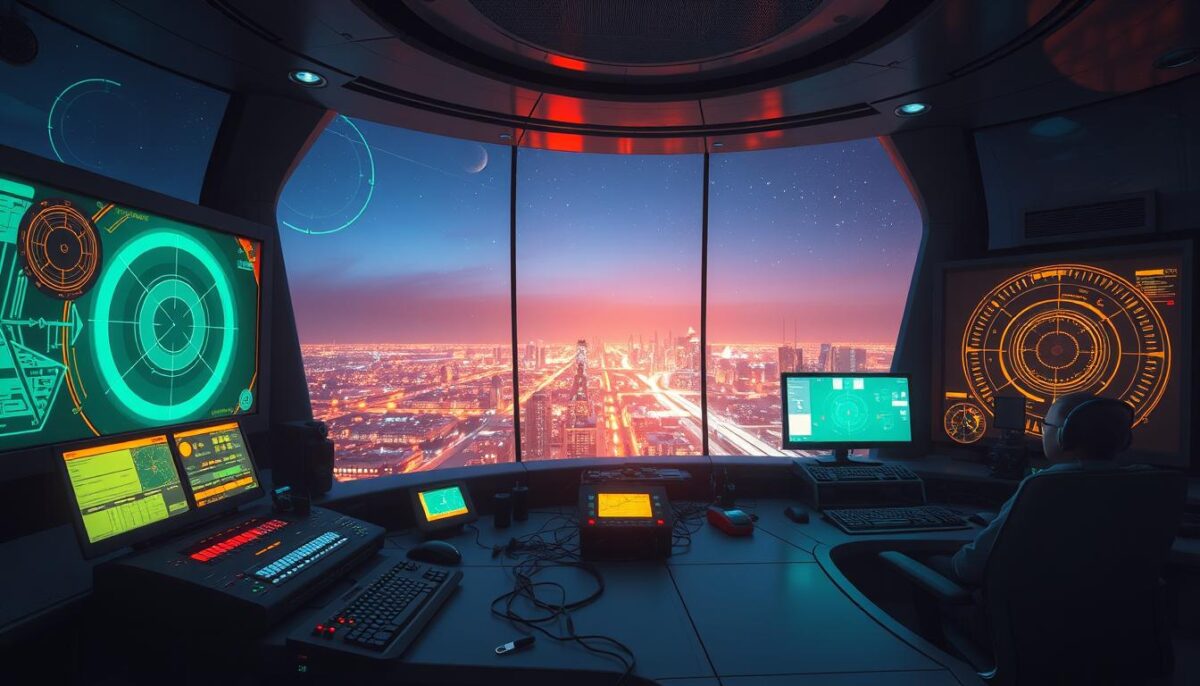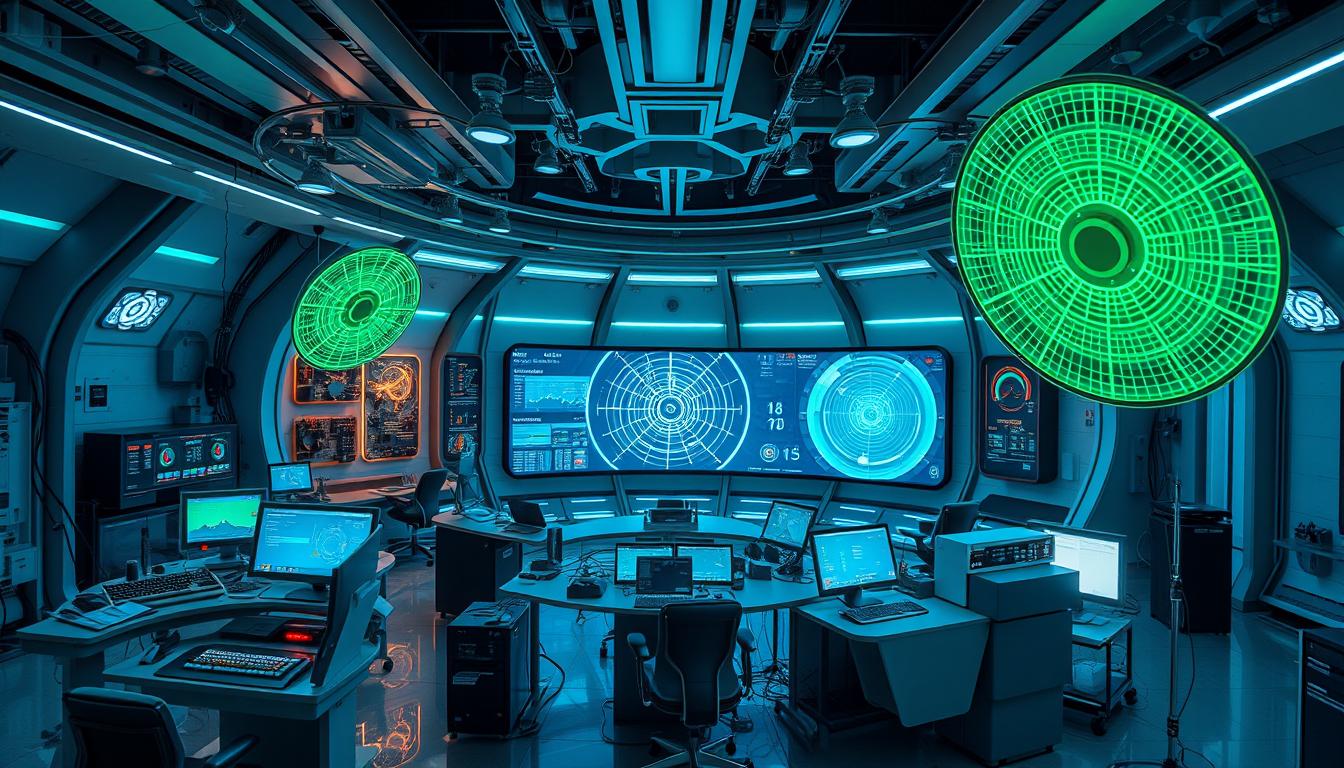In today’s fast-paced technological landscape, radar technology plays a crucial role across various sectors. Senzar, a leader in advanced radar systems, is at the forefront of this evolution with its innovative Novus Radar Technologies. These cutting-edge solutions not only enhance operational efficiency but also promise to revolutionize the future of radar. As the world becomes increasingly technology-driven, the necessity for next-generation radar systems has never been more pressing. Senzar is dedicated to developing reliable and efficient radar solutions that address this demand, ensuring safety and security while paving the way for new applications across industries.
Understanding Radar Technology and Its Importance
Radar technology has transformed significantly since its inception, shaping the way industries operate today. Its foundation lies in radar technology history, which dates back to World War II when military radar was first utilized for detecting enemy aircraft. Over the decades, advancements in radar systems have expanded their use beyond military applications, showcasing the importance of radar across various fields. This section delves into the evolution of radar technology and its various applications in today’s world.
The Evolution of Radar Technology
The journey of radar technology began with the development of basic systems that efficiently detected objects’ distance and speed. Notable breakthroughs include the use of microwave technology in the 1950s, which significantly improved detection capabilities. The evolution continued with the introduction of phased array radar in the 1980s, providing enhanced tracking and better accuracy in detecting moving targets. As technology progressed, radar systems became crucial in various sectors beyond military radar, including weather forecasting and air traffic control.
Applications of Radar in Various Industries
The versatility of radar technology has led to its wide-ranging applications across multiple industries. Some prominent examples include:
- Aviation: Radar systems are essential for air traffic control, enabling safe navigation and efficient flight routing.
- Automotive: Commercial radar systems are increasingly used in vehicles for collision avoidance and adaptive cruise control.
- Maritime: Ships utilize radar for navigation and collision avoidance, ensuring safety on the waters.
- Weather Monitoring: Doppler radar plays a vital role in tracking severe weather patterns, aiding timely warnings and responses.
- Surveillance: Radar applications in security contexts bolster safety measures, providing real-time monitoring capabilities.

How Senzar’s Novus Radar Technologies Are Shaping the Future of Radar
Senzar innovations play a pivotal role in the evolution of radar technology, particularly with the introduction of the Novus radar system. This advanced technology showcases unique features that set it apart from traditional radar systems. With enhanced signal processing capabilities and superior target detection, the Novus radar system adapts effectively to various environments, emphasizing its versatility and reliability.
Key Innovations in Novus Radar Technology
The Novus radar system embodies significant radar advancements that enhance operational efficiency across multiple sectors. Key innovations include:
- Enhanced signal processing to improve clarity and reduce noise
- Advanced target detection algorithms ensuring precision tracking
- Integration capabilities allowing seamless alignment with existing infrastructures
- Adaptive features that customize performance based on environmental conditions
The Role of Artificial Intelligence in Radar
AI in radar technology has revolutionized how data is interpreted and decisions are made. By integrating artificial intelligence, the Novus radar system elevates its functionality through:
- Real-time data analysis leading to faster decision-making
- Predictive analytics that enhance safety measures and operational efficiency
- Automated monitoring systems reducing the need for human intervention
- Enhanced data visualization tools offering deeper insights into performance metrics
The Impact of Novus Radar Technologies on Safety and Security
The introduction of Senzar’s Novus Radar Technologies is revolutionizing the landscape of safety and security, equipping organizations with tools that enhance surveillance and streamline emergency response protocols. By integrating state-of-the-art radar technology, these systems not only bolster crime detection but also significantly aid in crime prevention efforts across various sectors, ensuring a safer environment for communities.
Enhancing Surveillance Capabilities
Enhanced surveillance has become a cornerstone of modern public safety initiatives. With the deployment of advanced radar systems, law enforcement agencies and private security firms can monitor vast areas with greater accuracy. These systems utilize sophisticated algorithms that discern real-time threats, thus facilitating proactive responses and improving overall radar safety. The ability to identify suspicious activities rapidly reinforces the trust communities place in their safety mechanisms.
Future Applications in Emergency Response
Looking ahead, the potential applications of Novus Radar Technologies in emergency response technology are promising. From natural disasters to terrorist threats, these radar systems can provide crucial data during critical situations, enabling first responders to act swiftly and efficiently. Their capacity to detect hazards from distances ensures that lives can be saved through timely interventions, underscoring the vital role of innovation in crisis management.
Meeting Regulatory Standards with Advanced Technology
Furthermore, Novus Radar Technologies play an essential role in helping organizations meet evolving regulatory compliance radar. As safety regulations become increasingly stringent, advanced radar systems offer the necessary data and reporting capabilities needed for compliance. By automating monitoring processes, organizations can maintain operational effectiveness while upholding the highest safety standards, thus improving their accountability and reliability in public safety efforts.




